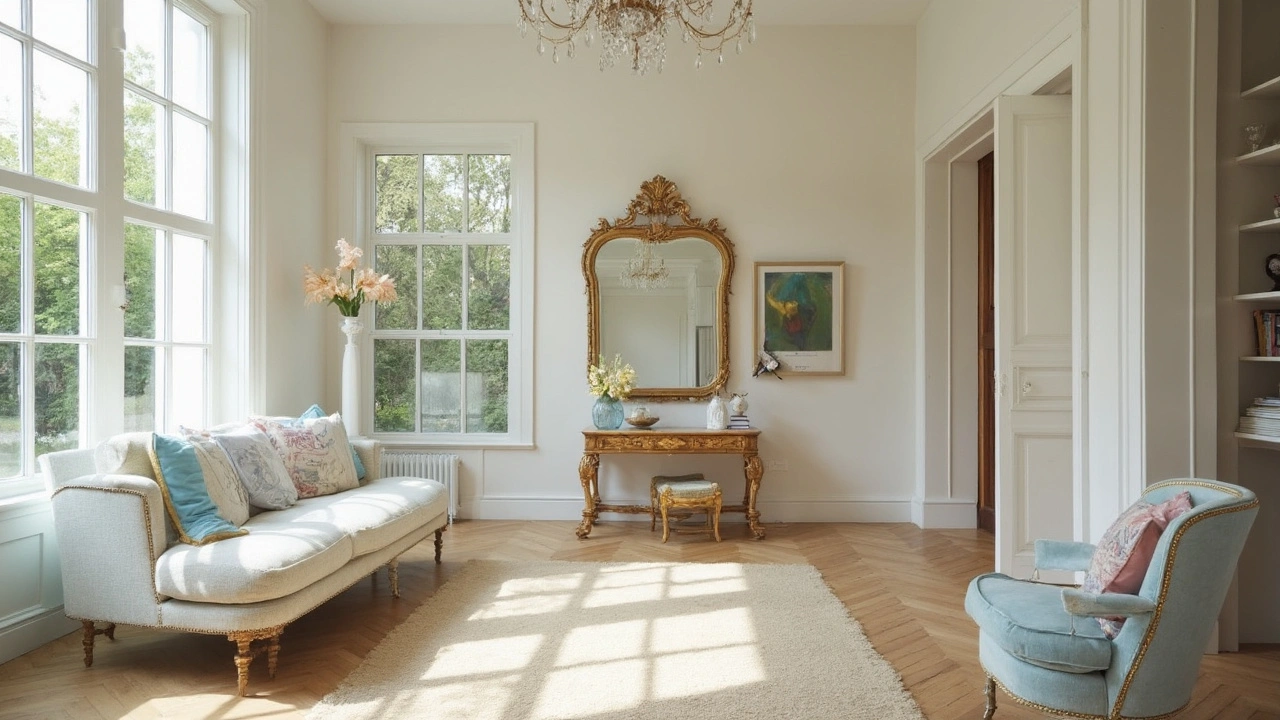Vintage accents: how classic details lift homes and buildings
A single cornice, a brass doorknob, or a curved arch can change how a place feels. Vintage accents aren’t just nostalgia — they’re design tools you can use today. This page collects clear, practical ideas from Roman arches to Craftsman woodwork so you can spot, save, or add genuine vintage character without overdoing it.
Spot the style: quick ID tips
Want to tell a Gothic Revival from a Georgian facade at a glance? Look for one strong clue per style. Gothic Revival shows pointed arches, spires, and decorative tracery. Georgian favors symmetry, brick facades, and sash windows. Beaux-Arts is grand: big columns, sculpted details, and formal stairways. Dutch Colonial Revival often means a gambrel roof and cozy dormers. Roman and Byzantine influences show durable arches, domes, and mosaics. These single clues help you read buildings fast — useful when you’re touring neighborhoods or hunting salvage pieces.
If you’re into interiors, watch for smaller accents: Craftsman rooms use exposed beams and built-in benches; Art Nouveau brings flowing lines and plant-inspired ironwork; Baroque leans dramatic with bold moldings and curved staircases. Learning one telltale detail makes spotting vintage accents easier and more fun.
Use vintage accents without making your space feel stuck in the past
Mix old and new with rules you can actually follow. First, pick one focal vintage element — a fireplace surround, an entry door, or a hallway tile — and let it lead the room. Second, match scale: a tiny antique table won’t balance a modern, open-plan living room; choose larger vintage pieces or group small ones together. Third, use materials to connect eras: warm wood or aged brass pairs well with clean, modern lines.
Practical restoration tips: clean gently, tighten loose joinery, and replace only what’s unsafe. If original plaster or ornate moldings are damaged, consider hiring a conservator for key pieces and using modern replicas elsewhere. For budget-friendly choices, salvage yards and architectural auctions are goldmines for knobs, tiles, and lighting. When in doubt, preserve patina — a bit of wear often reads as authenticity.
Finally, think about context. A Greek Revival column works great on a formal entry but may feel odd in a tiny studio. Use vintage accents to create contrast, not to copy an entire era unless you want a full restoration. Small, well-placed details let your home tell a layered story: history plus how you live now.
Explore the linked posts on this tag for deeper reads on Roman engineering, Gothic spires, Craftsman woodwork, and more. Each article shows how a single style’s details can inspire practical choices today — whether you’re renovating, decorating, or just admiring the street.

Rococo Home Decor: Easy Ways to Bring the Look Into Your Space
This article shows how to easily add Rococo style to any home without making things look old-fashioned or overdone. Learn simple ways to choose colors, find the right furniture, and add playful details, even on a budget. Get practical tips on mixing Rococo pieces with your everyday stuff and making those bold elements fit your space. With tricks for shopping vintage and adding small touches, you'll see how to make Rococo style feel fresh and modern in real life.
Read more